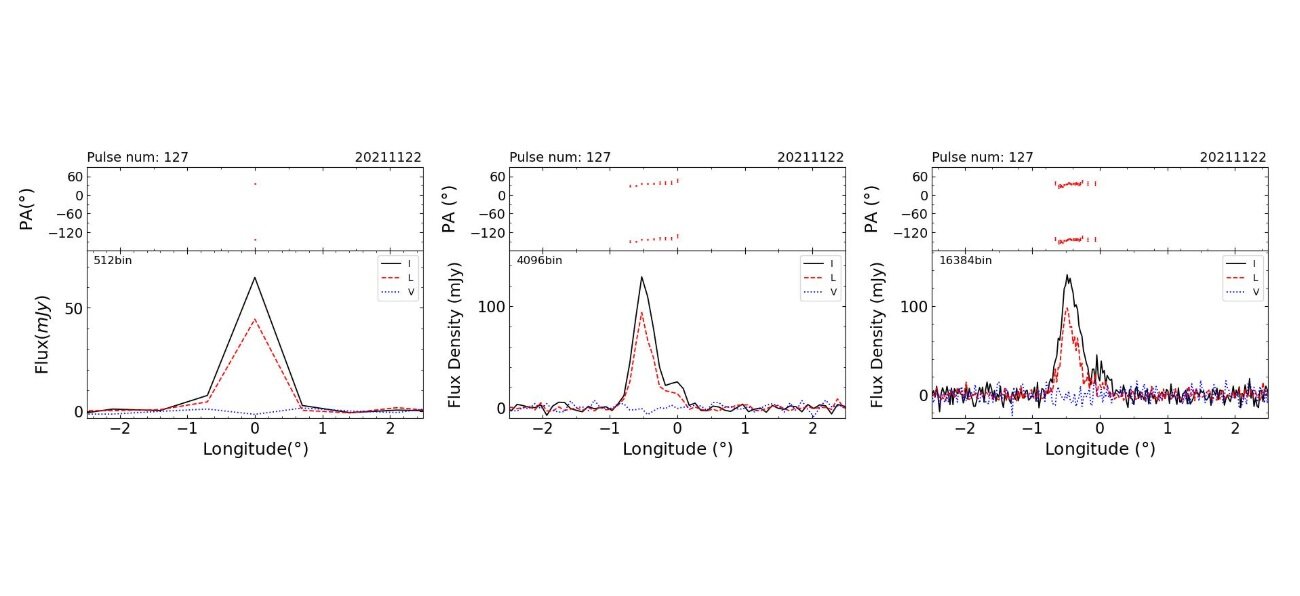Discover the fascinating world of pulsars, which are neutron stars with intense magnetic fields that emit electromagnetic radiation. These cosmic objects are known for their short bursts of radio waves and can also be observed using optical, X-ray, and gamma-ray telescopes.
Among pulsars, there is a unique subclass called Rotating Radio Transients (RRATs) that exhibit sporadic emission patterns. These mysterious objects were first detected in 2006, displaying dispersed pulses with varying frequencies. While their exact nature remains a puzzle, scientists believe they are pulsars with intense bursts of energy.
With just over 100 RRATs identified to date, astronomers are eager to delve deeper into their characteristics to unravel more about these enigmatic entities.
One notable RRAT, J1854+0306, was uncovered in 2009 with a spin period of 4.56 seconds and a dispersion measure of 192.4 pc/cm3. This particular RRAT showcases occasional powerful pulses, offering a unique opportunity to study its emission properties in greater detail.
2024-04-28 06:51:02
Link from phys.org





















